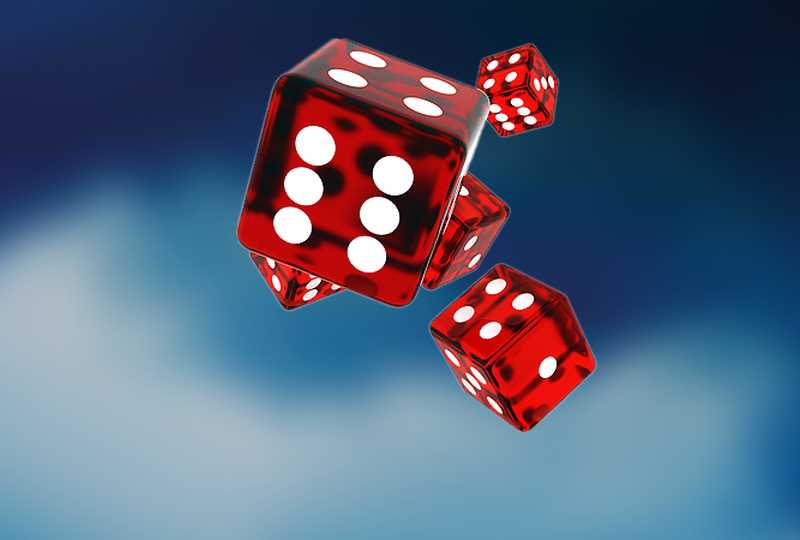Roulette Systems
Roulette Systems – Cracking the Code

Everyone always asks: “What’s the Best Roulette System?”, and we always say: “That depends on the player”.
This isn’t an exhaustive list, we’re just giving you the facts (ma’am), and we’ll cover the most famous roulette systems.
The Martingale
This is probably the most famous system. It sounds like the name of an African swallow, or a nasty hurricane, but it’s actually a strap used to prevent horses from raising their heads too high. Oh, and it’s the name of a famous betting system where you double your bet after a loss in the hope of winning on the following round. After a win, you revert back to your original bet. Premier Roulette Diamond Edition is a good game to play this on as it has a double up re-bet button as well as a re-bet button.
When you play the Martingale, you are hoping to win at some point and claw back your losses from previous rounds. This roulette strategy can work quite nicely in short bursts and is normally played on the even money bets like red, black, odd, even and so on.

Many of the roulette games on Wombat have “Double your Bet” buttons to make it easier for you to play this strategy.
Be careful though! Roulette can be unpredictable, and you might see the same colour come up time and time again. The record number of reds to come up in a row is 32! This was in 1943 in a US casino- granted, it doesn’t happen often, but it could!
You also need to watch out for the table limits. If you are doubling your bet after each loss, at some point you will hit the table limit, after which you won’t be able to cover your losses.
The Labouchère

“I presume you will be playing la méthode Labouchere, Mr Bond?”
This system is also called the Split Martingale, but that doesn’t sound as sexy, so let’s just stick with French shall we? Try it out on our live roulette game.
Again, you increase your bets after a loss, but this time you set the progression yourself and design it according to how much risk you want to take on. A steep Labouchère will pay off handsomely if you are successful, a more gentle profile will reduce your risk.
To play the Labouchere system follow these steps:
- Note down a list of numbers, eg 5, 6, 10, 5, 3, 2
- Bet the sum of the first and last numbers
- If you lose, add your last bet to the end of the sequence
- If you win, strike through the first and last numbers
- Keep betting until you have deleted all of the numbers or you have hit your total playing budget
You profit target is the sum of all of the numbers in your original list, so in this example it’s 31.
The great thing about this system, is that it forces you to think of a profit target and a stop loss too. Always a good idea when playing roulette!
But of course, like the Martingale, you are increasing your bets after a loss, so you can chase yourself into a hole if you don’t watch it and you’re not having a lucky day.
The Fibonacci

Instead of doubling your bets after losses (so 1, 2, 4, 8, 16, 32 for example on a run of bad luck), on the Fibonacci, you follow the famous Fibonacci sequence.
Now, as I young wombat, I was never that good at maths, but even I can follow the Fibonacci. In the Fibonacci System, your bet after a loss equals the sum of the two previous bets, so
1, 1, 2, 3, 5, 8, 13 and so on.
It’s not as “hairy” at the Martingale as your bets ramp up slower. But on the other hand, the system only claws back the last 2 losses, so if you have a long run of losses, you’ll need a long run of wins to get back in the black.
Unlike the Martingale, where you revert back to the first bet after a win, in the Fib you come back 2 bets. It’s not a bad idea to write your numbers down on the back of a packet of wombat treats.
The D’Alembert System

It’s very simple to use (we like!)
You increase your bet by 1 if you lose, and you decrease your bet by 1 if you win.
Again, this is normally played with the even money bets in roulette. D’Alembert’s theory, was the – in an event where there are 2 results that have an equal chance of taking place (e.g. flipping a coin, or red/black in roulette wheel), and you see a lot of one side (lots of evens for example), then the other result must “fire up”, so that equilibrium can be re-established.
Some say Charles Deville Wells used the D’Alembert in 1891 when he famously broke the bank in Monte Carlo. Other people say he just made it all up or cheated by “past posting”, or that he spotted a biased wheel. In any case, he went home $1 million French Francs richer.
There is one slight glitch to this roulette system. Unlike a coin, where there are 2 results: heads or tails, on a European Roulette wheel there are 3 possible outcomes on the even money bets, for example red, black and zero.
And on an American Roulette wheel there are 4 outcomes as there are 2 zero pockets, the 0 and the 00.
We’re just saying!
Other Systems

These are the most famous systems and it’s worth noting that, like a good Aston Martin DB5, they all go into reverse. So you can play a Reverse Martingale, a Reverse Labouchere, a Reverse Fibonacci and a Reverse D’Alembert. All the reverse means, is that you increase your bets after a win rather than a loss. Have you ever had one of those days when you can’t put a foot wrong and you keep landing win after win?
Well, this would be a good time to employ a so called reverse roulette system- just make sure that you don’t get greedy, and pull out of the sequence after a certain number of bets otherwise you will wipe out your wins. The nice thing about reverse systems is that you are betting with your wins which is like betting with the casino’s money, but you do need to be disciplined!
Well that’s it wombats. All that there is left for me to do is to scratch my big fat belly and wish you good luck on the tables!
